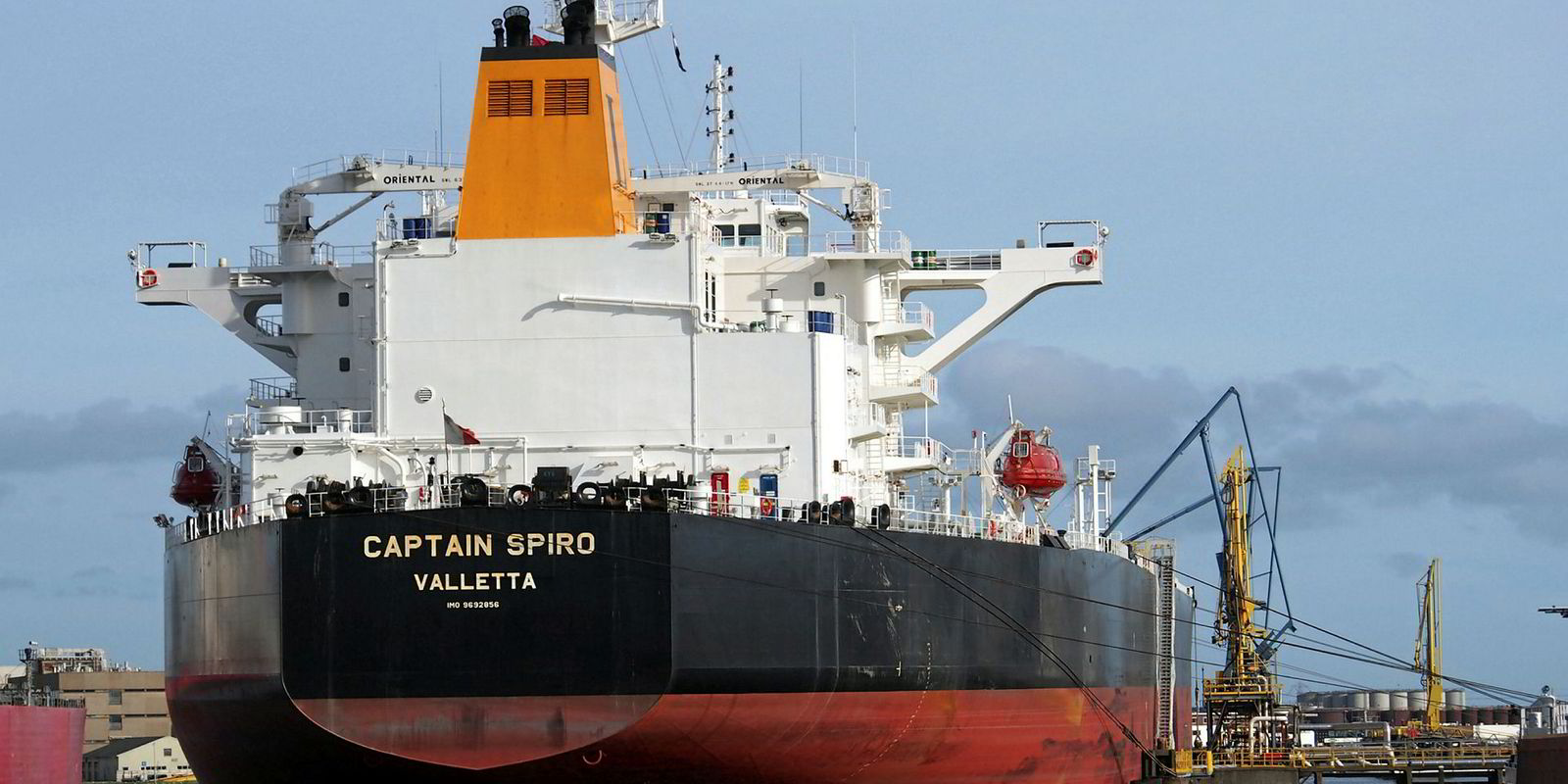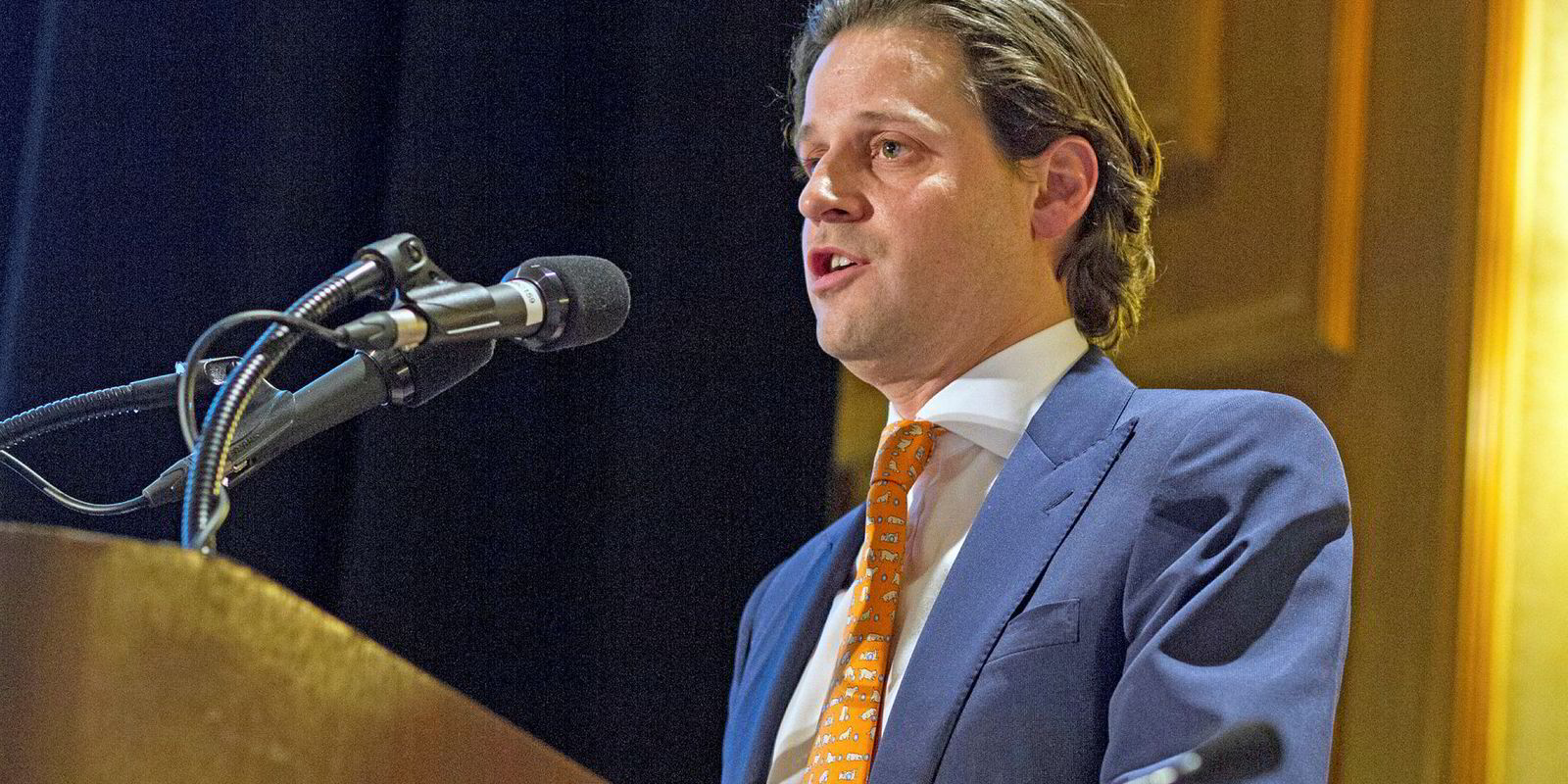Gary Brocklesby was already a young talent in Glencore’s tanker chartering unit when Nicolas Busch joined the trading giant in 2000 and took over the derivatives desk.
A fast-growing partnership in the physical and paper-trading disciplines led the two to set out on their own — first founding freight trader FR8 in 2003 and then Navig8 in 2007.
In little more than a decade, the partners have built the world’s largest independent commercial management and pooling business, raised $1.5bn in capital markets and bought or sold more than 70 vessels.
At the root of it all are the lessons learnt more than 15 years ago at Glencore.
But times change.
As the two executives tell TW+ in a rare interview at Navig8’s London offices, success from here on means forgetting some of those lessons. For the past two years Busch and Brocklesby have set about overturning many of their fundamental business assumptions and learning how to do the reverse.
“The core of the business model at Glencore was to access physical information that our competitors didn’t have, and act decisively with that information,” explains Busch, the group’s chief executive. “The business was built on asymmetry of information — the less everyone else knew, the better.”
Much the same plan unfolded at Navig8: achieve scale, establish regional offices, train staff to value information and act with conviction.
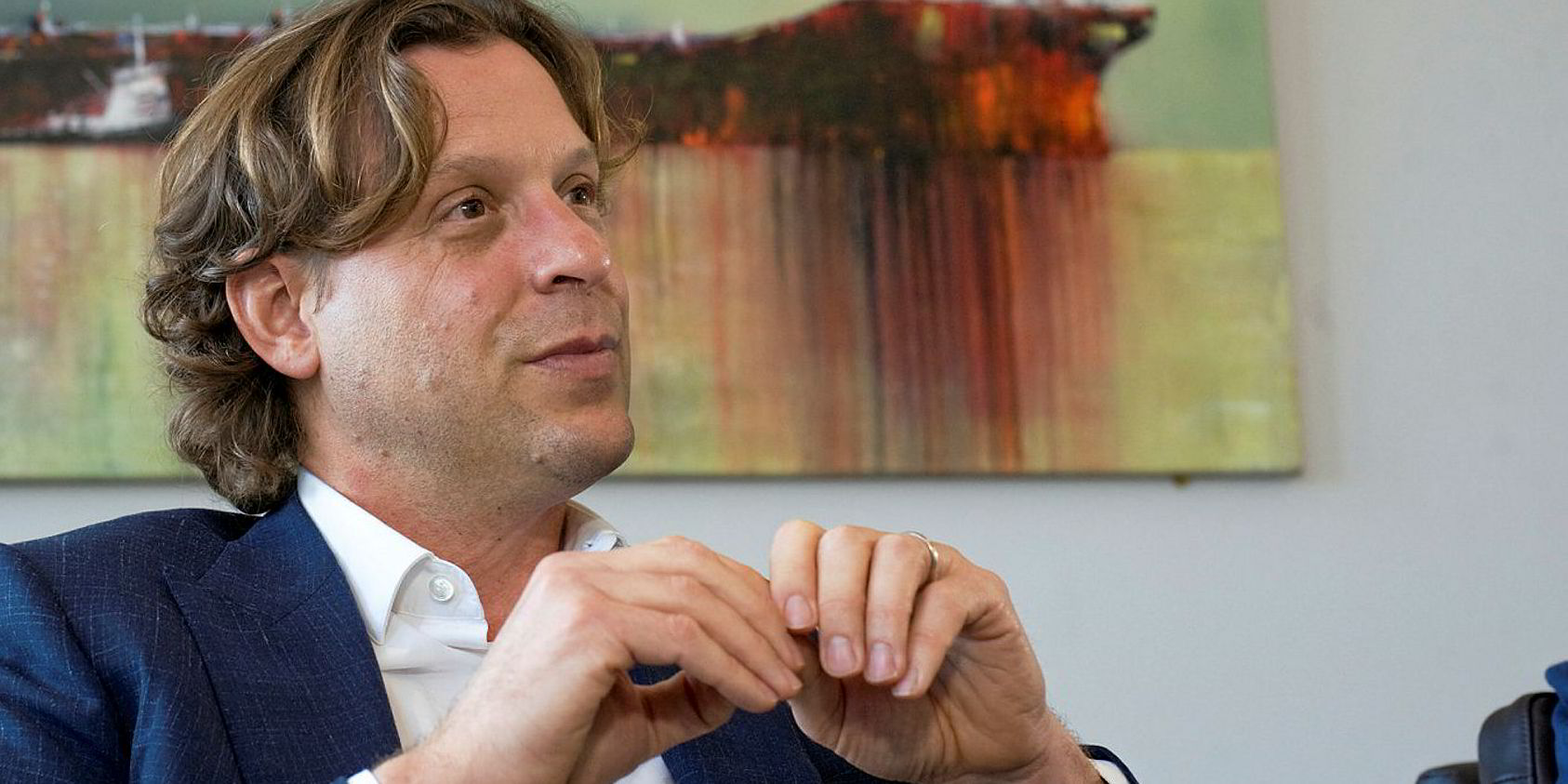
“But a couple years back, we concluded that that was not enough. In fact, that same business model was likely going to be detrimental in the future,” Busch says.
The reason: technology. Availability and use of data have changed dramatically in the past five years. And those changes have made the concept of asymmetry of information — having it when others don’t — no longer viable.
“The problem lies with the latter,” Busch says. “Trading companies make more money when customers and clients know less. But any company whose business model is based on people knowing less over the next five to 10 years is likely going to struggle.”
Navig8’s new fundamental approach is: if access to information is no longer paramount, the ability to analyse and interpret it is. The group has stopped calling the raw material “information”; it is now considered “data” that can be converted to information and, importantly, shared with clients.
A research director with a PhD in chemistry and seven analysts on the staff help lead these efforts, as do department heads in areas such as digitalisation, internal business practices and bunkering.
And if all that sounds a bit wonky, it nonetheless has become the foundation for everything the ubiquitous Navig8 Group does, across multiple platforms.
Vessel ownership
Having invested heavily in VLCCs, product tankers and chemical carriers worth $3bn over the past five years with mixed results, Navig8 has made a strong move back into assets with an order for eight LR2 and eight MR product carriers at China’s New Times Shipbuilding. The Product 2020 project is premised on research that shows the January 2020 deadline for IMO emissions compliance will present significant rates upside for tankers in the two classes.
Environmental compliance
Integral to the newbuilding project is a decision to fit all 16 new product vessels with scrubbers. While Navig8 acknowledges it sees a big economic incentive, it also maintains it is satisfied there is no evidence that open-loop scrubbers pose a pollution threat to oceans. Navig8 charged director of research Paul Marsh, the chemistry PhD and former McKinsey researcher, with making a detailed review of available studies on environmental impact that underpins its conclusion.
Bunker fuels
Navig8 says one of its best-performing units is under-the-radar bunkers procurer Integr8, which is offering clients transparency and comprehensive market information in an industry that Busch calls the most traditionally opaque in the maritime world. The full advantage of the platform may be realised as owners confront increasingly difficult and confusing fuel choices heading into 2020.
Core pools and digitalisation
While it shares market information with members and relies on outsize performance to maintain its business, Navig8 has also moved to “wire up” vessels across its pools with monitoring equipment designed to detect and correct inefficiencies.
“There are a number of pool providers out there,” says Brocklesby, Navig8’s chairman. “The market’s perception of us is a pair of traders from Glencore. Our intent is to build a large, transparent services business. But it takes time to convince people. You’ve got to do it with hard facts and prove things with data.
“We think we’re already making some tracks and we’ve got a lot of future plans to change the way we do things — show real added value rather than just ‘my guy is better than your guy at fixing ships’, which is kind of a zero-sum game.”
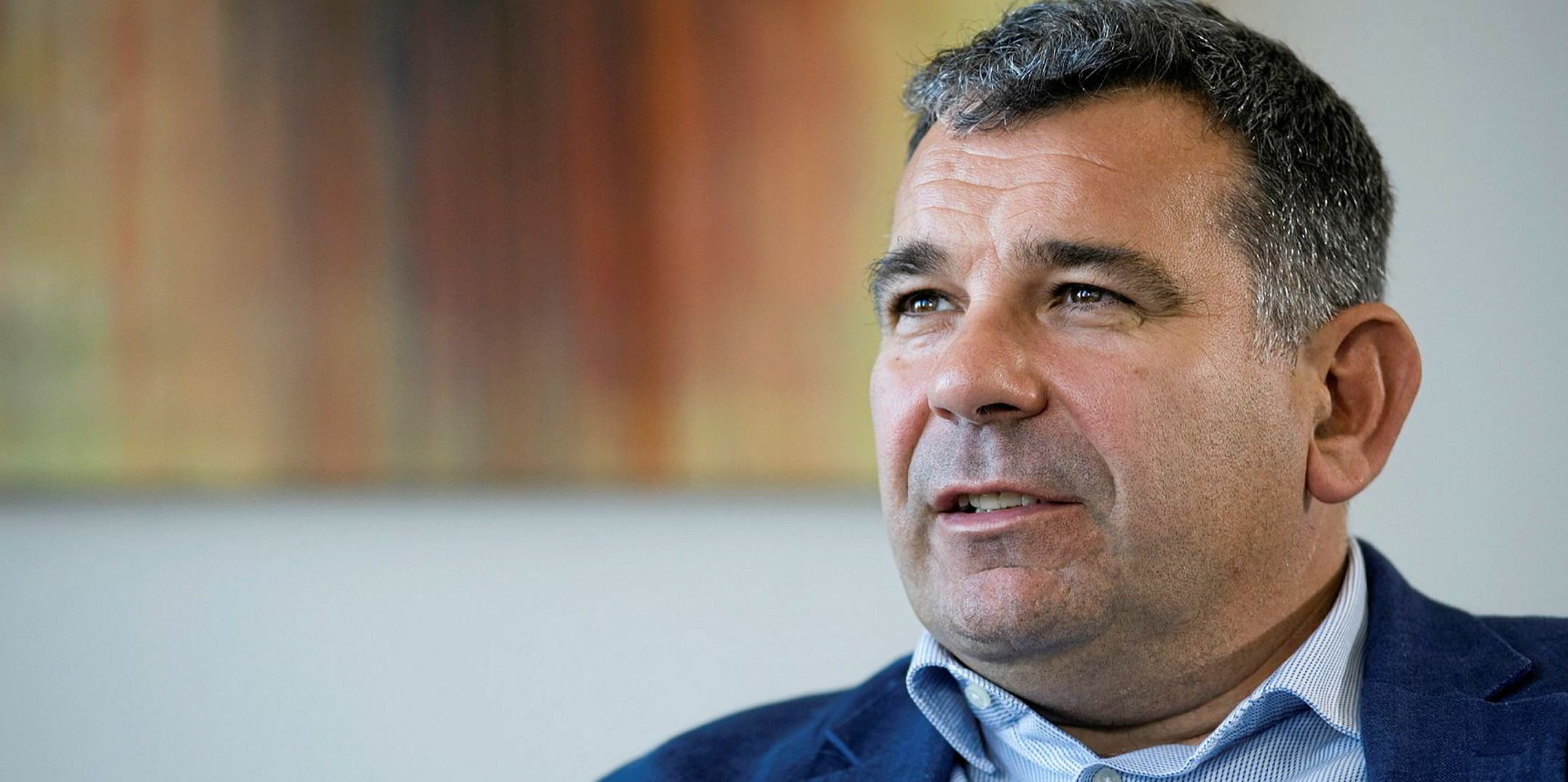
While the management pair are busy across the various platforms, there is a palpable excitement about the group’s progress with Integr8 ahead of the IMO 2020 regulations. It is a prime example of how Navig8 thinks it can “disrupt” an archaic sector with data gathering and free flow of information to its customers. It says it has built its customer base up to hundreds and is on track to handle seven million tonnes of fuel this year.
“It’s probably the single biggest growth area of our business,” Busch says of Integr8, which it formed in 2011.
Again the buzzwords are data, transparency and sharing information with clients — words Busch says are essentially anathema to the traditional model of the bunkering sector.
“Bunkering is without a doubt the most opaque market there is,” he adds. “At least when a fixture is done in shipping, the detail gets reported out there pretty quickly — sometimes before even the charterer and the owner know.
“But in this market, no one knows the ‘fixture’ of bunkers. The only way you even know two data points in the same port is if you have two ships loading in that particular port with two different suppliers.
“Qualities of supplies are not surveyed. No one knows the history, the quality of the supplier. No one knows availability unless they’ve called each individual supplier.
“Today people take it for granted because oil is there and it’s available. If you start to change that dynamic, you realise there’s a huge missing piece of the equation.”
The bunkering sector has been hit by its share of negative headlines: OW Bunker’s descent from IPO star to bankruptcy in less than a year in 2014; Aegean Marine’s filing in November this year for Chapter 11 bankruptcy reorganisation after an internal investigation under new management found up to $300m allegedly diverted from the company; a contaminated fuel crisis this year that affected more than 100 ships, starting in Houston in March and spreading to Singapore and South East Asia.
Integr8’s solution: over the past 18 months it has built what Busch calls a “massive database” related to key areas of price, availability and quality and made it available to its “closest” customers.
Navig8 charges a fixed fee to handle bunkering for these customers directly. The model accounts for about half of all Integr8’s business, Busch says.
“It’s totally the opposite of what an intermediary does in bunkers,” he adds. “A bunker supplier, a bunker trader, gains from the customer not knowing anything because it’s a very low margin. The less your customer knows, the more opportunity you have to put a bigger margin in that transaction. There’s a vested interest throughout the supply chain for the customer to know very little.
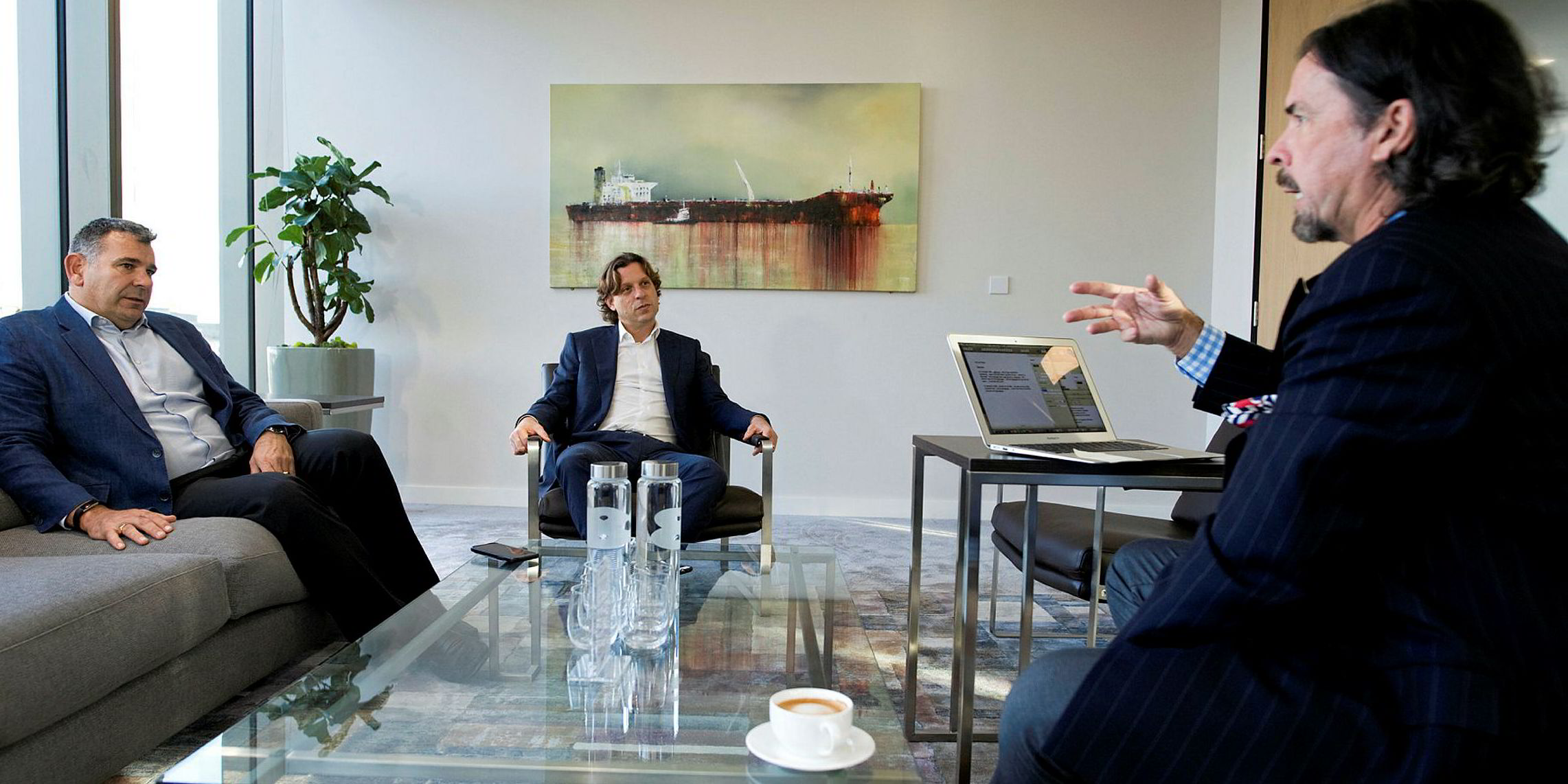
“If no one knows about supply and availability, you can try your luck and charge more. [If] you give that transparency to the customer and charge a very fair fee, we’ve found that the customer comes back and back. You can create real efficiencies rather than every time go for the kill, every time go for the extra buck.”
Navig8’s leaders say recent “fatty acids” contamination is just an oily hors d’oeuvre before the messy main course that awaits in 2020 as owners struggle to cope with the new IMO protocol.
“2020 will widen all the differentials, the volatility, the gaps in quality,” Brocklesby says. “I think bunkers has always been simply ‘the buyer cares about price and price only’. And if you’re not looking at any correlation with quality, if price is your only determinant, it’s no surprise that you may be dealing with the best supplier in the world — or the worst one.”
Integr8’s database was integral to the company minimising problems in the recent contamination cases, according to Busch, but owners should understand that more problems await.
“In our opinion, this is going to happen every day through the first six months of 2020 as suppliers experiment with blends and try to get a product that works in the long run for the shipowners,” he says.
The evolution Navig8 seeks in bunkers is emblematic of the larger industry changes its executives believe are not only necessary, but inevitable.
“I think you’ll see a huge transformation in the industry in 2020,” Busch says. “People will want to know about things that previously they just weren’t interested in. And it’s an industry that wants to keep the information private, just instinctively.
“No one’s sharing information on scrubber results. No one’s sharing information on supplies. No one’s sharing information on their own studies.”
This must change, he stresses, speaking with the evangelism of the converted Glencore sinner. “We’re convinced it changes in 2020. It becomes valuable to have an Amazon mentality: to empower the customer with all the information, yet in a platform that allows you to transact, to get that flow.”
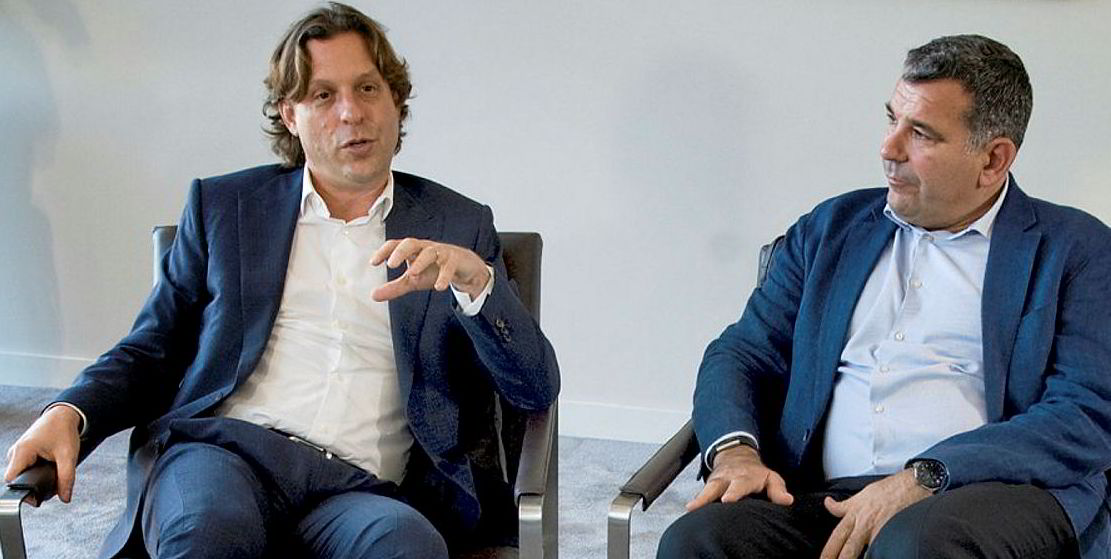
Brains trust is a two-headed monster
Brocklesby and Busch. Busch and Brocklesby. They are the “two-headed monster”, as Nicolas Busch jokes, that has jointly led the Navig8 group over the past 11 years, and FR8 for four years before that.
Busch is the one who shows up on a panel from time to time at industry conferences. Gary Brocklesby is the one who does not, preferring to stay out of the spotlight.
But besides that, how do they do what they do? How do the two divide roles, make decisions and otherwise lead the growing global operation? After a moment, Brocklesby offers: “He does detail and I don’t,” to laughter from both, before they attempt a more detailed explanation.
“We throw a lot of ideas around in a given week,” Brocklesby says. “Nic is more analytical in nature than I am. I guess I came from a more traditional shipping background, having done chartering at Glencore. I face the shipowning and chartering side, where Nic faces the investment community a little more. Internally, it’s a partnership.”
Busch maintains that it really can be a case of two heads being better than one: “Gary is very forward-thinking and a much more outward-facing people person. But most ideas, we have to bring them down to earth, give them an architecture, make sure they have relevance and a structure.
“If the business practices of two people complement each other, having two people evaluate ideas can be valuable. Just by bouncing things off one another, you eliminate a lot of bad decisions. You just have to know each other’s strengths and weaknesses, and together you can achieve more than just two people.
“Over the years it’s a fairly brutal process of criticism where neither of us gets to that place where he thinks his ideas are the only good ones.”
Both executives also repeatedly make the point that they have recruited talented people and lean heavily on them for research and expertise. To underscore the point, Busch and Brocklesby asked TW+ to interview four of those people during the session at Navig8 headquarters: head of research Paul Marsh; chief digital officer Jan Wilhelmsson; Pablo Di Nieri, chief operating officer of Integr8 Fuels; and Clive Richardson, the former V.Group chief executive who is now working as a consultant on internal business practices.
“It probably looks from the outside like everything happening here is our creation, but when you work here every day, you [see the contributions] of so many very competent individuals who are better at their roles and jobs than what we are,” Busch says.

Assets? We can take them or leave them
Navig8 won’t be put off asset buys by a closed US IPO market, nor will it be deterred from selling ships by an emotional attachment to ownership, its leaders say.
The group raised nearly $1.5bn in equity on Norway’s over-the-counter (OTC) market in 2013 and 2014 to finance $3bn-worth of newbuildings in the VLCC, product and chemical sectors.
But another number — zero — describes the number of US IPOs it was able to execute directly to allow its investors to exit the three companies.
Nicolas Busch concedes that IPOs would have been the preferred result of its efforts with Navig8 Crude Tankers, Navig8 Product Tankers and Navig8 Chemical Tankers.
Now it has returned to newbuildings with 16 product tankers on order in China.
Busch says he doesn’t lose any sleep over whether US IPOs might be an eventual outcome, even though there hasn’t been a successful shipping offering in New York since June 2015.
“I think the IPO market is very much alive and viable but it requires certain conditions in the public market for those to work,” he says.
When the public market is more optimistic than private investors that asset prices or earnings will rise, it makes for willing buyers and sellers, he adds. “That hasn’t been the case over the last three to four years. But that doesn’t mean that you can structurally say that in the future the public market will never be more optimistic than the private market.”
Navig8’s earlier asset bets have had mixed results, with two companies merging with or being acquired by other owners and the third, Navig8 Chemical Carriers, still trading on the OTC.
On the crude side, Navig8 saw the market rise it anticipated, but much more rapidly after Opec ramped up production, dropping the oil price from $100 per barrel to $30.
“Things moved in the direction investors hoped they would, they just did it in a period of 2½ rather than five years,” Busch says. “One of the problems is that while they were still investing, the window for exiting was closing down quite rapidly. I think in many cases investors found it difficult to get out of their investments.”
On the other hand, Navig8 was able to forge M&A deals for its investors in crude and products at a time when they were scarce elsewhere, he argues.



